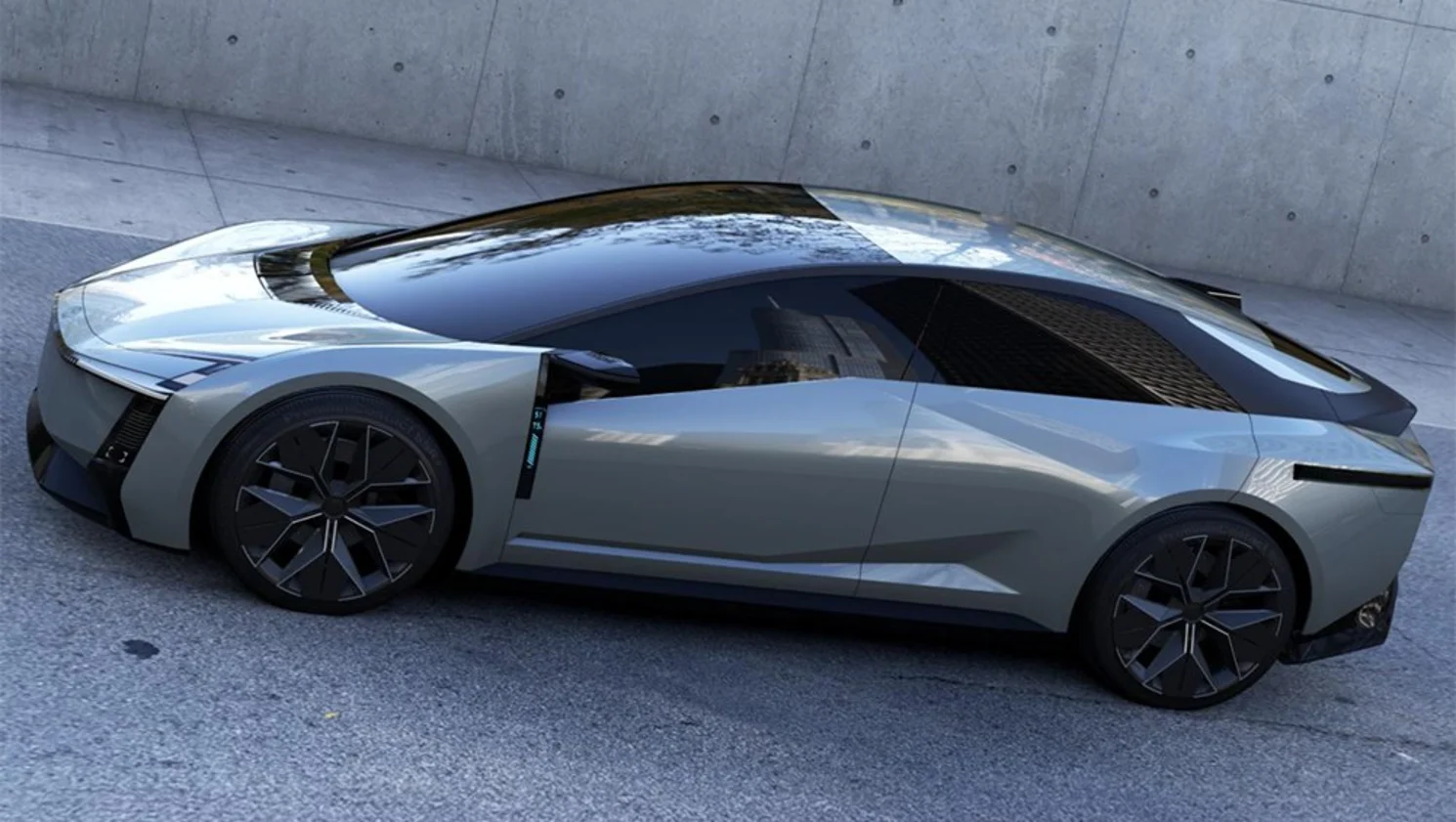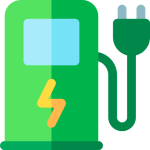
For more than half a century the Toyota Corolla has been shorthand for reliability and practicality. Since 1966 the model line has sold in the tens of millions, quietly underpinning transport fleets, family garages and small‑business operations across the globe. Now, in a move that signals a clear strategic pivot, Toyota has unveiled a striking concept for the next‑generation Corolla and confirmed that the line will include – for the first time – a fully electric (BEV) variant alongside traditional petrol and hybrid options.
The reveal at the Japan Mobility Show introduced a Corolla that looks and feels like a car from a new era. What follows is a closer look at the design, engineering strategy and what this shift could mean for Australian drivers and the national EV transition.
A bold visual reset for a familiar nameplate
The new Corolla concept is a deliberate break from the conservative, familiar silhouette most owners recognise. The concept’s styling is sharper and more sculpted, with angular lines, arrow‑shaped LED headlights, a low‑set front profile and a full‑width LED rear light bar. Inside, Toyota has pushed a more driver‑centric, asymmetric layout with multiple displays and contemporary, minimal controls – a cabin that prioritises technology and ergonomics over the spartan practicality of older models.
This isn’t merely a cosmetic exercise. The design supports a new shared architecture engineered to house multiple powertrains – including larger battery packs for BEV and plug‑in hybrid variants – while preserving passenger space and cargo practicality that buyers expect from a Corolla.
“Power of choice”: four powertrains on one platform
Toyota’s next Corolla is being positioned around a “power of choice” philosophy. Rather than forcing customers into a single drivetrain, the model line will be offered with four options on a common platform:
- Petrol: conventional internal combustion for markets and buyers where charging infrastructure is limited or where petrol remains the preferred choice.
- Self‑charging hybrid (HEV): an evolution of the hybrid systems that helped make the Corolla a global success; Toyota indicates incremental efficiency gains compared with current models.
- Plug‑in hybrid (PHEV): designed to deliver meaningful electric‑only range for daily commutes, while retaining petrol range for longer trips – a practical compromise for buyers not yet ready for full BEV ownership.
- Battery electric vehicle (BEV): the headline act – Toyota’s first fully electric Corolla, engineered to be a mainstream, zero‑emission offering.
Toyota has also left the architecture open to future possibilities, including potential adaptation for hydrogen fuel‑cell technology in specific markets. The engineering challenge – and selling point – is that this single architecture aims to accommodate batteries and hybrid hardware without compromising interior space or utility across the range.
Why a Corolla BEV matters – beyond the badge
The Corolla is not an exotic halo car; it is a mass‑market workhorse. That makes Toyota’s electrification of the nameplate strategically significant:
- Mainstream validation: When a vehicle with Corolla’s global reach goes electric, it reframes EVs from niche or aspirational purchases to a standard choice for everyday mobility. That shift has real potential to accelerate adoption among risk‑averse or budget‑conscious buyers.
- A hybrid leader’s final pivot: Toyota has long championed hybrids. Offering a full BEV alongside HEV and PHEV variants represents a comprehensive approach – giving customers a path to electric driving that matches their needs and infrastructure access.
- Competitive dynamics: A Corolla BEV will square off against established compact electric sedans and hatchbacks from legacy brands and newer entrants, including European, Korean and Chinese manufacturers that have pressed aggressively into mainstream EV price bands.
What it could mean for Australia
Australia’s EV market is maturing but still has structural differences compared with Europe or parts of Asia. Key implications of a Corolla EV arriving here include:
- Fleet and commuter uptake: Corollas are popular with fleets, small businesses and entry‑level buyers. An electric Corolla, if priced and specced competitively, could be attractive to fleet managers looking to reduce emissions and operating costs.
- Used‑car market effects: The Corolla’s traditionally strong resale values would make a well executed BEV version influential in the used EV market, helping build second‑hand affordability and confidence in EV ownership over time.
- Infrastructure considerations: The practicality of an electric Corolla for many Australians will hinge on home charging access and the growth of public fast‑charging networks. Urban commuters are likeliest early adopters; regional availability will depend on continuing investment in fast chargers and state and federal support.
- Running costs and incentives: Lower running and maintenance costs are a clear selling point. Local incentives, stamp‑duty exemptions and tax treatments in different states and territories will also affect uptake – especially among price‑sensitive buyers.
What to expect – technology and market positioning
Toyota has kept detailed specifications close to the chest, but the public messaging and industry reporting suggest a few reasonable expectations:
- Packaging: The new architecture is likely to store batteries low and between the axles to protect interior volume and handling characteristics.
- Range and battery size: Analysts commonly expect a mainstream Corolla BEV to target everyday usability – sufficient range for urban and regional trips. Industry commentary has suggested battery and range figures in the band that suit mass‑market compact EVs, while plug‑in hybrid electric (PHEV) variants might offer 60-80 km of electric‑only range for short commutes.
- Charging: Fast DC charging capability will be essential for broader appeal; targeted charging speeds will determine long‑distance practicality for intercity travel.
- Pricing and timing: Toyota’s approach historically balances cost, reliability and resale value. Reports anticipate a global rollout window in the mid‑2020s – with local availability depending on production plans, demand and supply chain priorities. Pricing will be critical: the Corolla BEV must be competitive with established small‑EV rivals to achieve mass adoption.
Regulatory and strategic context
Toyota’s move comes as governments and industry bodies in Australia and globally continue to push for lower transport emissions. For manufacturers, delivering an electric version of a high‑volume model helps meet fleet emissions targets and corporate decarbonisation goals while offering consumers more choice. For Australia, where a significant portion of vehicle purchases are made by fleets and government organisations, a Corolla EV could be a practical tool in lowering national transport emissions if supported by charging infrastructure and sensible policy.
Conclusion
The decision to electrify the Corolla line is more than a product announcement: it is a strategic statement from one of the automotive industry’s longest‑standing players. By offering petrol, hybrid, plug‑in hybrid and full‑electric variants on a single platform, Toyota is attempting to bridge current consumer preferences and infrastructure realities while nudging customers toward zero‑emission motoring. For Australian drivers, the promise of an electric Corolla carries the potential for accessible, familiar and practical electrified transport – provided prices, range and charging convenience align with local needs. As Toyota moves from concept to production, the real test will be how quickly the company can translate that ambition into a compelling, widely available vehicle that sustains Corolla’s reputation for reliability in an electric age.
Frequently asked questions
When will the electric Corolla arrive in Australia?
Toyota’s public timeline indicates a mid‑2020s global rollout for the next‑generation Corolla range. Exact Australian availability will depend on production schedules, allocation priorities and local homologation. Expect formal local announcements closer to Toyota’s production start date.
Will the Corolla EV have the same interior and boot space as petrol models?
Toyota’s new shared architecture is designed to accommodate batteries without significantly reducing passenger or cargo space. While packaging trade‑offs exist in any BEV, Toyota has emphasised maintaining the Corolla’s practicality across powertrains.
How far will the Corolla BEV travel on a single charge?
Toyota has not released confirmed range figures. Industry observers suggest a mainstream compact EV target sufficient for daily commuting and regional trips; PHEV variants are expected to offer around 60-80 km of electric‑only range.
Will there be all‑wheel drive or performance versions?
Toyota’s initial messaging focuses on mainstream, mass‑market variants. All‑wheel drive or sportier trims could be offered later, depending on market demand and platform capability, but nothing has been confirmed.
How will the Corolla EV compare on price to rivals?
Pricing will hinge on battery size, specification and local incentives. Toyota will likely aim for a competitive position in the compact EV segment, leveraging its resale value and reliability reputation. Final pricing will be announced when Toyota confirms local launch details.
About EV Evolution
EV Evolution is the leading online platform dedicated to Australian electric vehicle owners and enthusiasts. We foster a vibrant community, delivering essential EV news and insights, and enhancing user engagement through our innovative, AI-powered chatbot for dynamic discussions. Our mission is to empower Australian electric vehicle owners and enthusiasts by fostering a vibrant, AI-driven online community that connects, informs, and advances the nation’s electric vehicle landscape.




